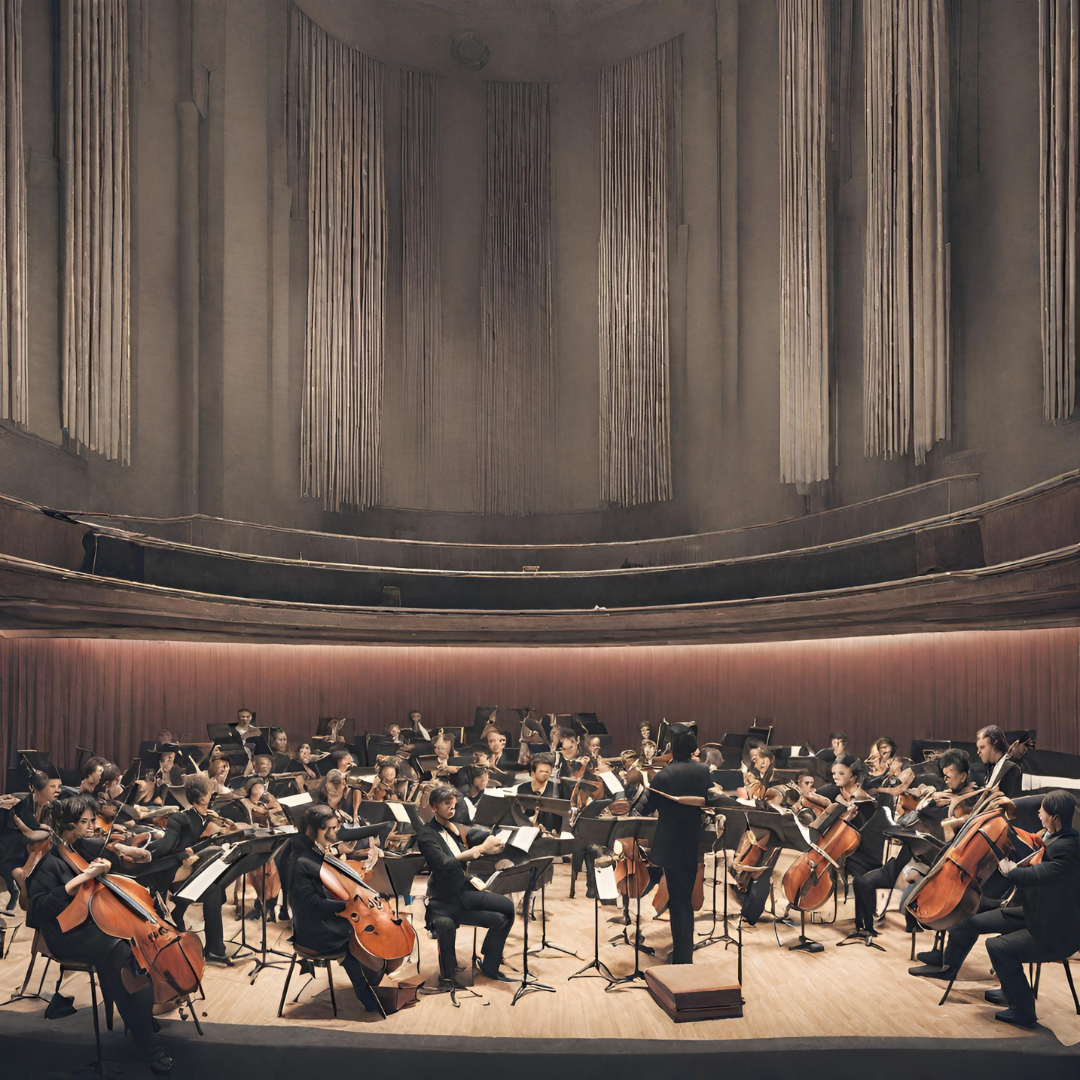Written by Matthew Celestial
The Renaissance is often remembered as a time of art and invention. It was a golden age of painters, poets and polymaths. But its real brilliance wasn’t just in its output. It was in its interdisciplinary boldness, its cultural restlessness and its audacity to imagine something beyond the known world.
However, it was an era born from rupture. Centuries of plague, political instability and religious dominance had left Europe uncertain and fractured. And yet, amidst that uncertainty, a movement emerged. Thinkers no longer confined themselves to a single discipline. Artists became anatomists. Mathematicians dabbled in architecture. Writers reimagined the soul of society. And with the backing of patrons, new institutions and networks of knowledge, an entire continent began to reconstruct itself by rethinking what could be and not just to repair ourselves.
That’s what made the Renaissance so powerful: it did not wait for the world to be ready.
It disrupted the narrative of stagnation by daring to be expansive. When you think about it, today, we’re once again living in a fractured moment. The question remains clear: will we contract or will we create?
IT’S NOT JUST A RECESSION. IT’S A CRISIS OF MEANING.
According to Gallup, 77% of people worldwide say they’re struggling or suffering in their lives. In Canada alone, over 45,000 businesses closed in a single quarter of 2024—while inflation, supply chain strain and burnout persist. Trust in governments and institutions has eroded to its lowest levels in decades. And across industries, particularly in real estate, retail, food & beverage, media, arts, tech and small business, people are quietly wondering: what happens if the system doesn’t bounce back?
I don’t believe we’re simply heading toward a downturn. That said, I do believe we are in the early stages of a creative and economic reckoning, one that will only be solved if we take cues from the Renaissance period: by thinking expansively, building bravely and funding visionaries willing to reimagine what our systems should look like.
And that brings me to the question I hear most about my work: “So, what exactly are you running?”
THE ANSWER ISN’T LINEAR BECAUSE THE WORLD ISN’T EITHER.
At the heart of it, I run multiple ventures: a wellness-driven skincare brand, an animation distribution house, a Canadian entertainment outlet, a strategic firm for reputation building, a keto nut butter brand, a publishing house dedicated to comics and graphic novels, an AI think tank for internal and industry compliance, and a brand incubator weaving it all together. And we’re growing exponentially.
To some, that sounds scattered. Confusing. Excessive.
But to me, it is deeply intentional.
I’m not building in one lane. I’m building across them. Because the challenges we face are no longer isolated. They are intersecting. Burnout affects your body, but also your business. Representation shapes storytelling, but also who gets funded. Creativity drives commerce, but only if we let it breathe.
When clients pulled PR budgets, I built consumer products. When journalists lost their platforms, I started building mine. When traditional systems closed their doors, I stopped asking for access and built my own rooms. At first it was about survival. Then, I started thinking about building the next economy. One that doesn’t pretend the old one can simply be revived with enough productivity hacks or polite panel discussions.
WE KEEP TELLING PEOPLE TO BUILD THEIR OWN TABLES BUT WHERE’S THE INFRASTRUCTURE?
There’s a deep contradiction in how we talk about entrepreneurship. We tell people to “bring their own seat,” “start their own business,” “disrupt the system.” But in practice, we only fund a narrow slice of ideas: Another fintech app. Another AI pitch deck. Another reboot.
Meanwhile, entrepreneurs launching meaningful, community-based, culture-shifting work are often left unsupported, seen as “lifestyle brands” or “too niche” to scale. We can’t afford to keep thinking this way.
If we want real innovation, we have to fund the renaissance thinkers, those who move across disciplines, question defaults and build ecosystems that blend beauty, utility and imagination.
STATEMENT WORLDWIDE IS A RESPONSE, NOT JUST A BRAND HOUSE
When I launched Statement Worldwide, it wasn’t to check a box or chase a trend. It was to respond to a world that felt increasingly hollow, where people closed doors on me, and where I needed to figure out my next steps to survive. To create jobs where none existed. To build brands rooted in emotional intelligence, cultural relevance and actual usefulness.
Each venture is a piece of a larger hypothesis: that a better economy is possible if we invest in founders who build with depth, not just scale. It also argues that beauty and systems can coexist. We’re pushing to shift the vision that entrepreneurship can be both a business model and a form of activism.
Now, don’t get me wrong. This isn’t diversification for the sake of ego. It’s diversification as survival, as resistance and as creation.
WHAT THE RENAISSANCE GOT RIGHT AND WHAT WE MUST LEARN
We are in desperate need of a new cultural infrastructure. A creative economy that celebrates cross-pollination over silos. Public funding that supports more than just the loudest voices or the safest bets. A society that doesn’t just consume content, but participates in the act of making it meaningful.
The Renaissance was great not because it followed rules, but because it rewrote them.
We have the same opportunity now. But only if we choose to see entrepreneurs as more than hustlers. Only if we back people who are creating for the future, not just monetizing the present. Only if we stop asking, “What exactly are you running?” with skepticism, and start asking,
“WHAT ARE WE SOLVING TODAY?”

